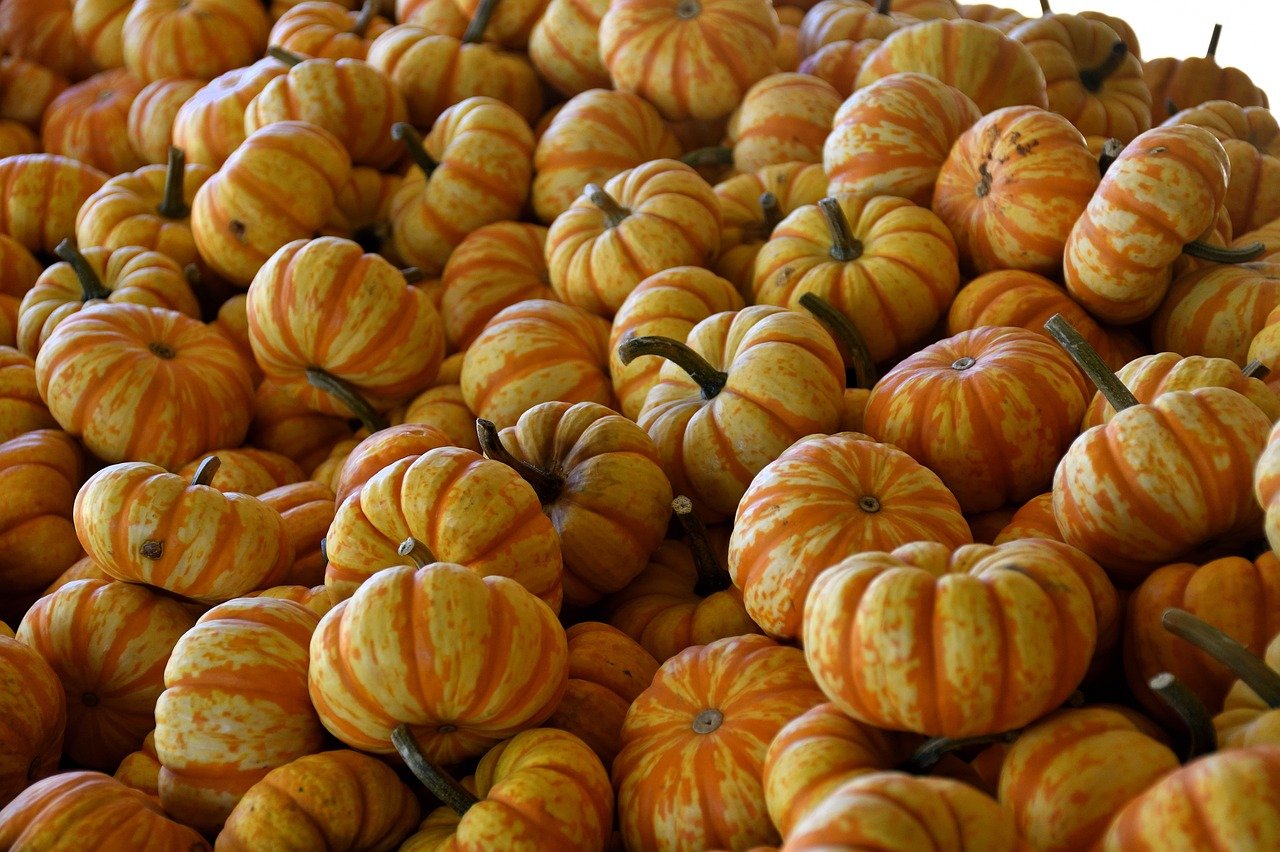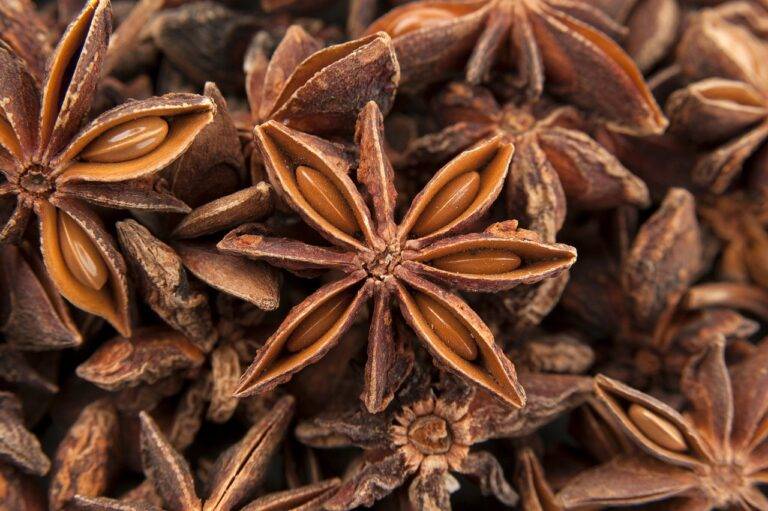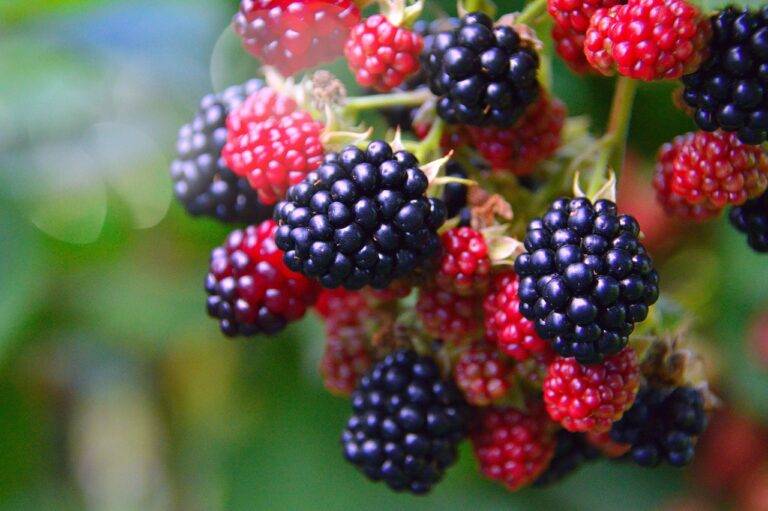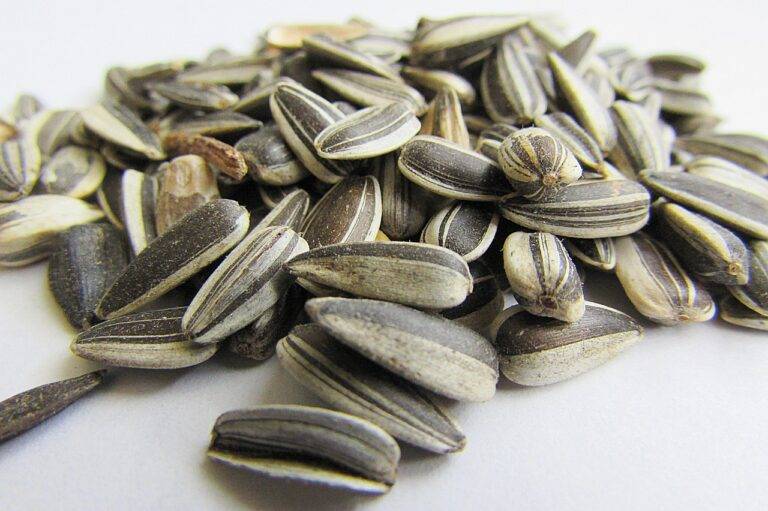The Future of Food: Innovations in 3D Printing for Culinary Creations
3D printing technology has made significant strides in the culinary world, allowing chefs to push the boundaries of creativity and presentation. One of the most exciting applications is the ability to create edible decorations and intricate designs that were previously impossible to achieve by hand. From delicate sugar sculptures to intricately designed chocolate garnishes, 3D printing offers chefs a new way to elevate their dishes and delight diners with visually stunning creations.
Moreover, 3D printing allows for precise customization and personalization in the creation of food items. Chefs can tailor the shape, texture, and even nutritional content of dishes to meet the specific dietary needs and preferences of individual customers. This level of customization not only enhances the overall dining experience but also opens up new possibilities for chefs to experiment with flavors and textures in ways that were not feasible before the advent of 3D printing technology.
Advantages of Using 3D Printing for Food Creation
3D printing technology has revolutionized the way food is created and presented in the culinary world. One of the major advantages of using 3D printing for food creation is the ability to customize and create intricate designs that were previously impossible by traditional methods. This opens up endless possibilities for chefs to unleash their creativity and present visually stunning dishes that captivate not only the taste buds but also the eyes of diners.
Another key advantage of utilizing 3D printing for food creation is the precise control over portion sizes and ingredients. Chefs can accurately measure and portion out ingredients, ensuring consistency in taste and presentation. This level of precision allows for better management of food costs and reduction of food waste, making it a sustainable option for food establishments looking to streamline their operations while offering unique and innovative culinary experiences to their customers.
What kind of foods can be created using 3D printing?
3D printing can be used to create a wide variety of foods, including chocolates, pastries, candies, pizzas, and even intricate sugar sculptures.
How does 3D printing technology benefit the culinary world?
3D printing technology allows chefs and food manufacturers to create unique and intricate designs that would be difficult or impossible to achieve by hand. It also enables customization and personalization of food products.
Are there any health benefits to using 3D printing for food creation?
Yes, 3D printing allows for precise control over ingredient proportions, which can help create nutritious and balanced meals. It also reduces the risk of food contamination during the production process.
Is 3D printing technology expensive for food creation?
While initial setup costs for 3D printing equipment can be high, the long-term benefits in terms of efficiency, customization, and reduced waste can outweigh the initial investment.
Can 3D printing be used for mass production of food items?
Yes, 3D printing technology can be scaled up for mass production of food items, allowing for consistent quality and customization at a large scale.





